Thai durian exports to China have surged since the high-speed railway connecting Laos and the world's second-largest economy went into operation.
According to the Thai Ministry of Commerce, durian exports to China reached 446,152 tons in the first five months of this year, up 58% compared to the same period last year (281,528 tons). One of the reasons cited by industry insiders is the Laos-China high-speed railway, which helps shorten transportation time.
“Chinese consumers have long loved Thai durian, but exports have only skyrocketed since last year when the high-speed train started operating,” said Arada Fuangtong, deputy director general of the Department of International Trade Promotion at the Thai Ministry of Commerce. In 2022, the country exported a record 700,000 tonnes of durian, with 90% going to China.
The China-Laos high-speed train began running in December 2021, providing an opportunity for Thai goods to cross the border into the Lao capital Vientiane for rail transport to the southern Chinese city of Kunming.
The 1,000-km railway line will help Thai traders reduce delivery time to China to 15 hours instead of two days when transported by truck as before.
The Nong Khai border gate, through which the China-Laos high-speed railway passes, has seen a surge in Thai agricultural products cleared, according to Rachada Dhnadirek, deputy spokesperson for the Thai Prime Minister’s Office. In the first five months of the year, fresh durian from the country through Nong Khai had the highest turnover among all commodities, reaching more than 2 billion baht (over 57 million USD), up 364% compared to the same period in 2022.
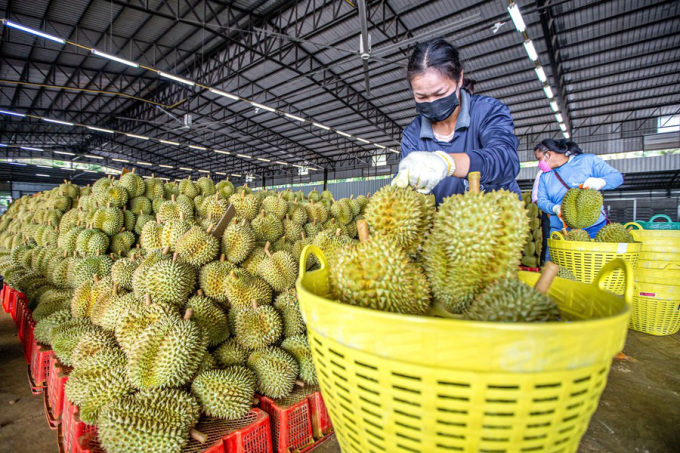
Durian sorting in Chanthaburi province, Thailand in May 2022. Photo: Xinhua
The shortened shipping time has boosted Thai durian exports and also provided a great opportunity for Thai fruits, vegetables and other perishable products to reach Chinese consumers while still ensuring freshness and good quality, Ms. Arada said.
Auramon Supthaweethum, director-general of Thailand's Trade Negotiations Department, highlighted the transformative impact as shipments through the northeastern dry port of Nong Khai increased from 90.41 million baht when the railway launched in December 2021 to 1.96 billion baht last year.
Thailand's Commerce Ministry is encouraging exporters, especially of fruits and vegetables, to take advantage of the China-Laos railway, especially as relatively high oil prices are pushing up road transport costs.
Thunkanon Tiewsuwan, a durian exporter, said it usually takes 10 to 12 days to load durians onto trucks, transport them to seaports, transfer them into shipping containers and load them onto ships. These ships typically take another week to reach major Chinese ports. “I am thinking of switching to high-speed trains,” he said.
Durian has become an increasingly important agricultural export for Thailand. Last year, the fruit was worth 110 billion baht ($3.1 billion), almost as much as the 130 billion baht Thailand earned from rice exports.
Thailand’s durian exports could grow even faster in the future as the country plans to build its own high-speed railway from Bangkok to Nong Khai near the border with Laos. Construction on the first 253-kilometer section from Bangkok to Nakhon Ratchasima began last year and is expected to be commercially operational in 2026.
The second 355-km section from Nakhon Ratchasima to Nong Khai is due to be completed in 2028, meaning agricultural products from central Thailand could reach consumers in China by high-speed train within days.
However, the Thai Ministry of Commerce has not yet adjusted up its forecast for durian exports to China due to concerns about a recession in the world's second-largest economy and the possibility of adverse farming conditions from the El Nino phenomenon.
Durian growers and traders are concerned that dry weather caused by El Nino could limit production and hurt exports. “I am worried about both supply and demand, as durian production is decreasing and buyers in China are starting to limit their orders,” said Somchai Chongsri, a durian grower and trader in Chanthaburi province, Thailand.
Another risk is quality. Last week, Chinese customs authorities rejected 29 containers of 300 tons of Thai durians after discovering that the fruit had rotted due to yellow moth, a common pest. The incident has the Thai durian industry worried that China’s confidence may be eroded and it may be ordering more from other countries.
Phien An ( according to Nikkei )
Source link





![[Photo] Overcoming all difficulties, speeding up construction progress of Hoa Binh Hydropower Plant Expansion Project](https://vstatic.vietnam.vn/vietnam/resource/IMAGE/2025/4/12/bff04b551e98484c84d74c8faa3526e0)

![[Photo] Closing of the 11th Conference of the 13th Central Committee of the Communist Party of Vietnam](https://vstatic.vietnam.vn/vietnam/resource/IMAGE/2025/4/12/114b57fe6e9b4814a5ddfacf6dfe5b7f)






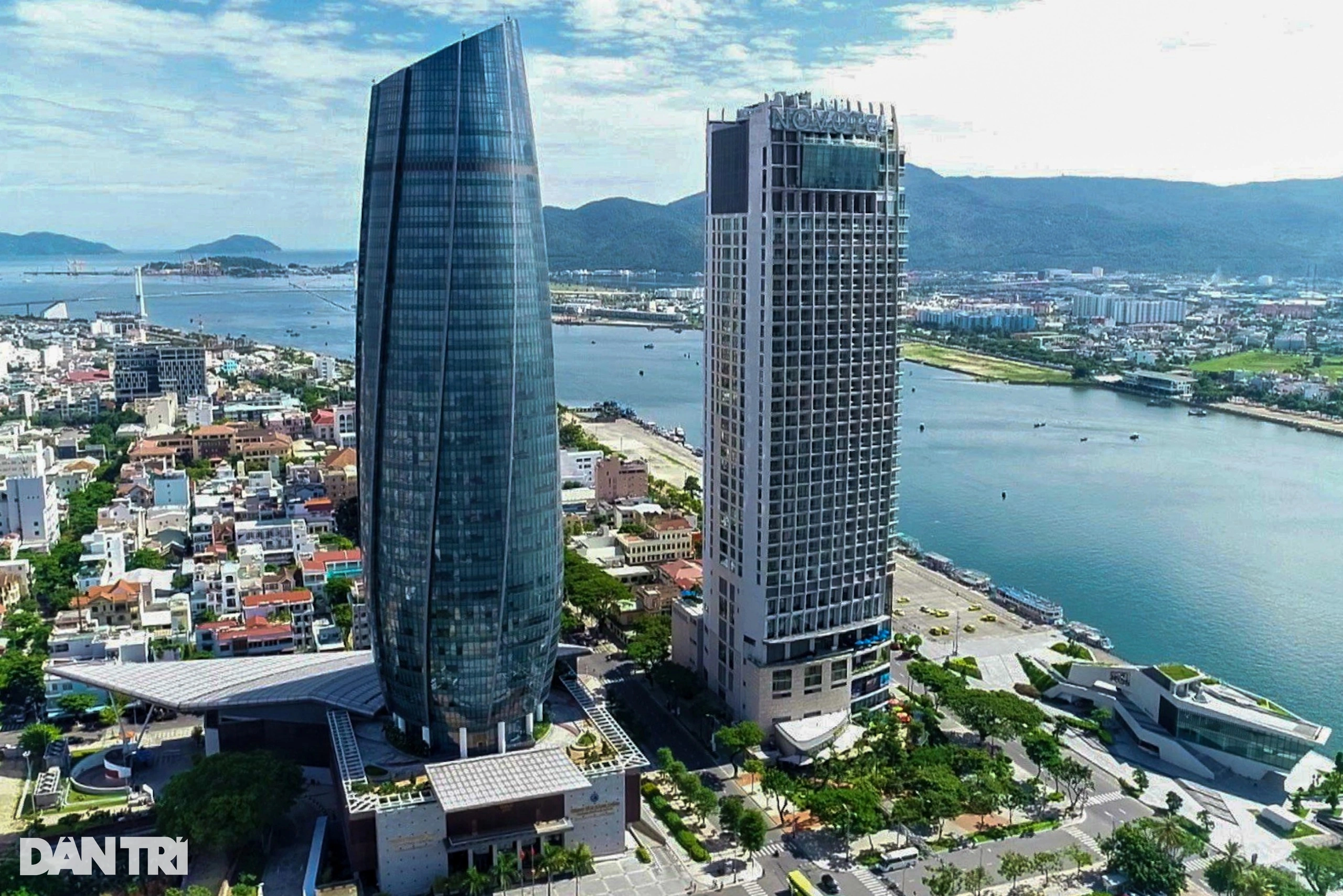

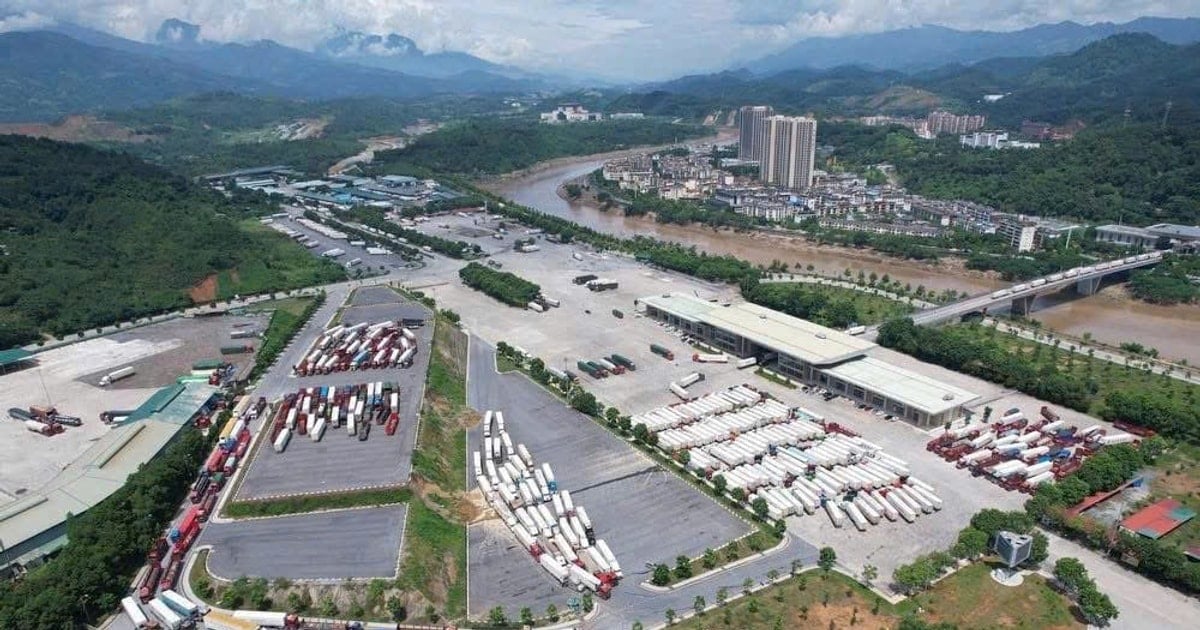


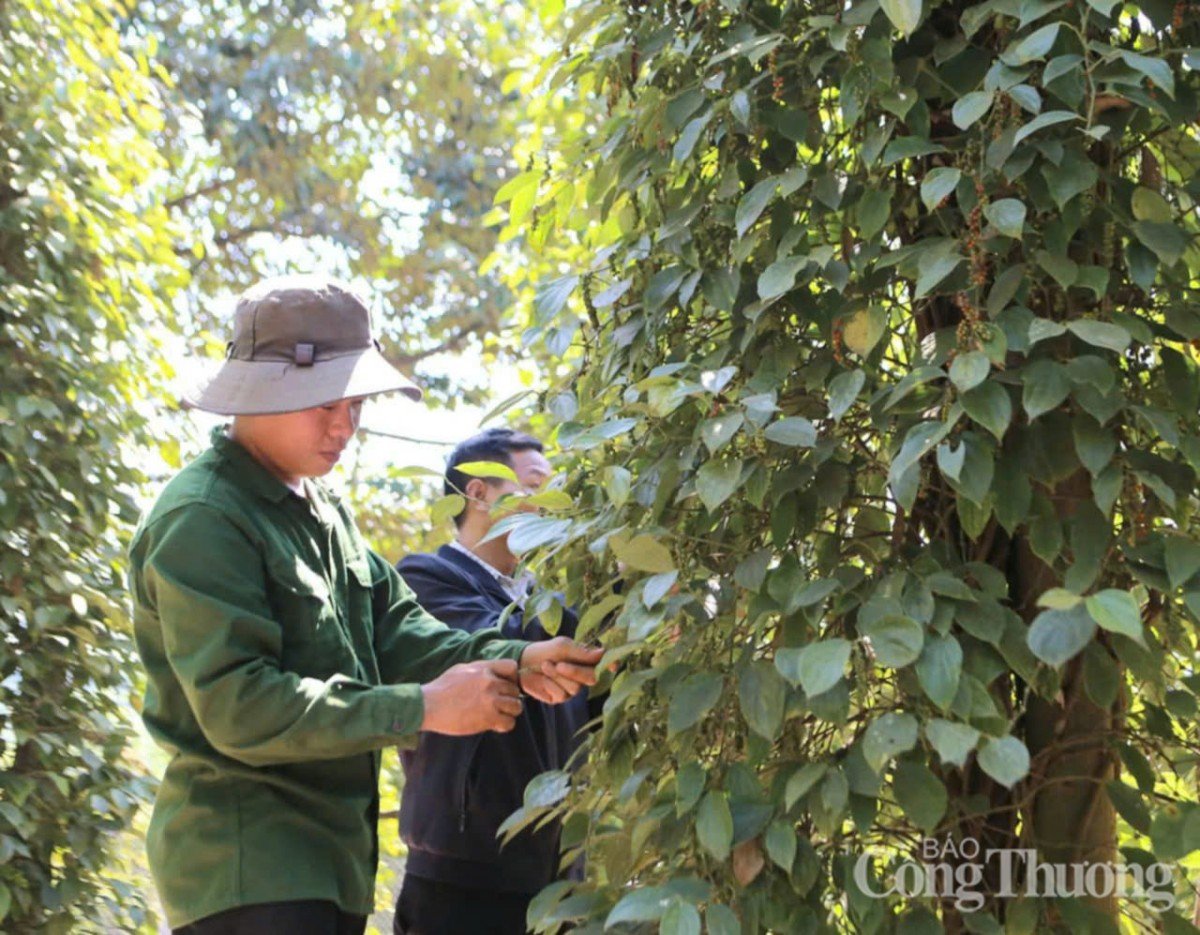

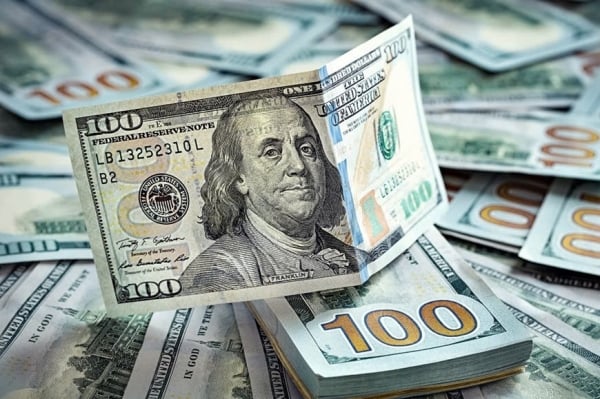



























































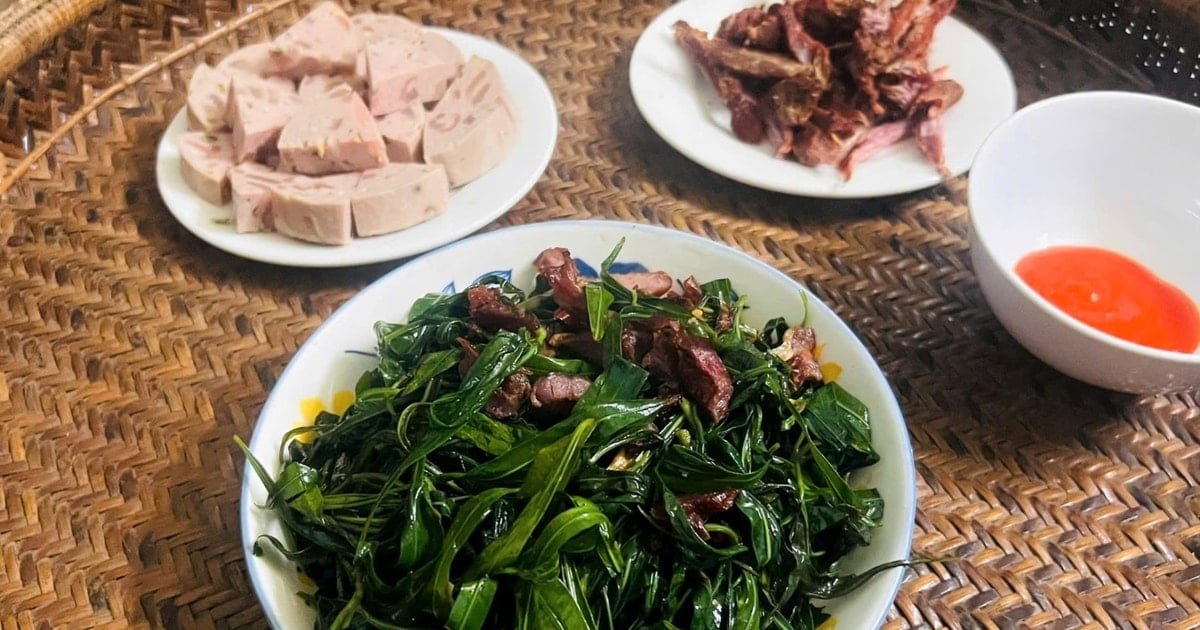
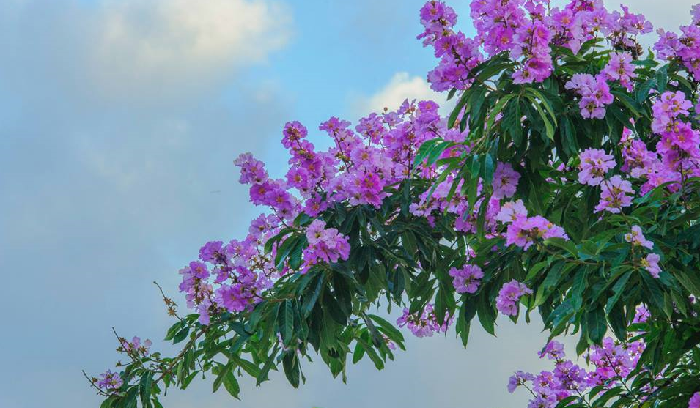












Comment (0)